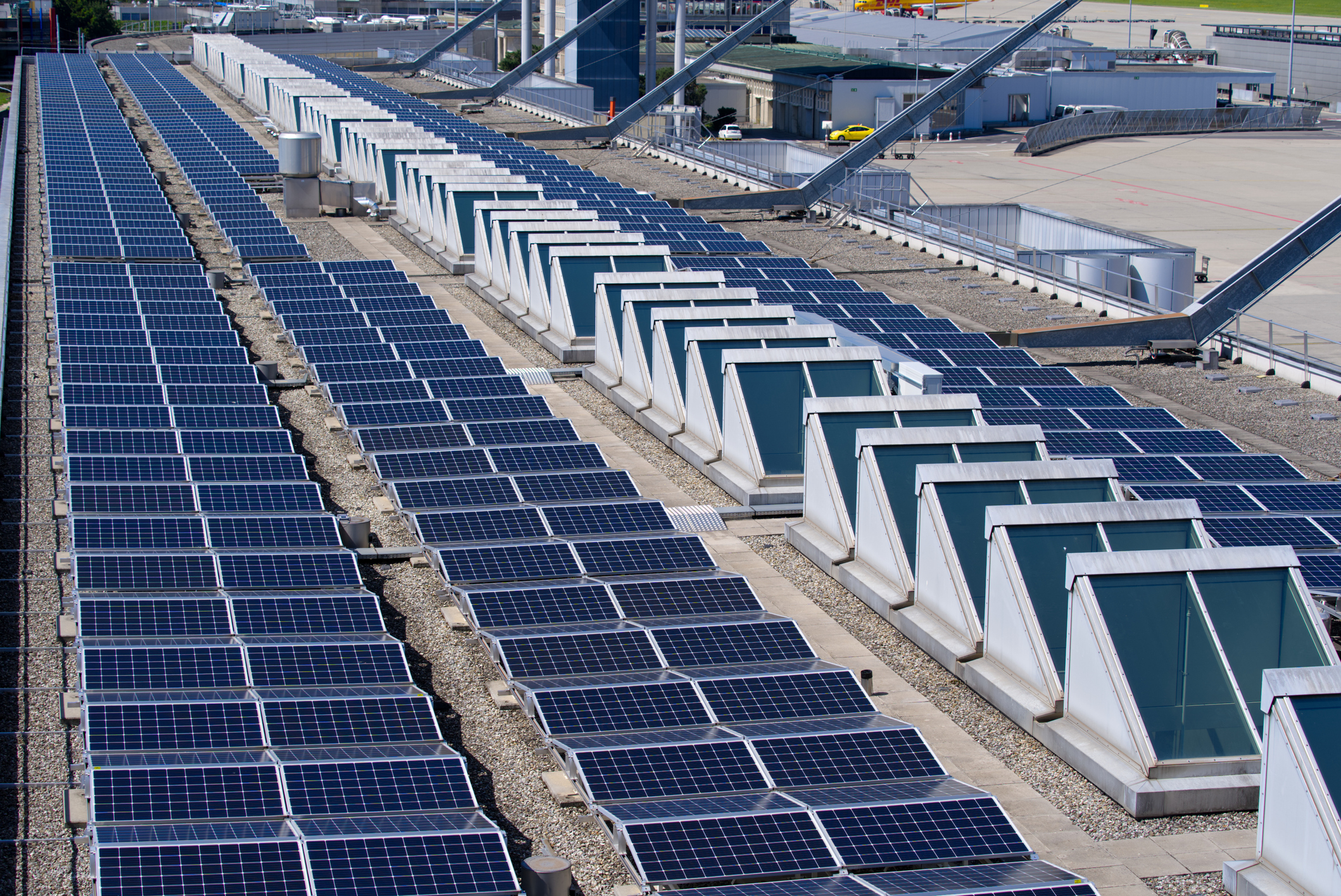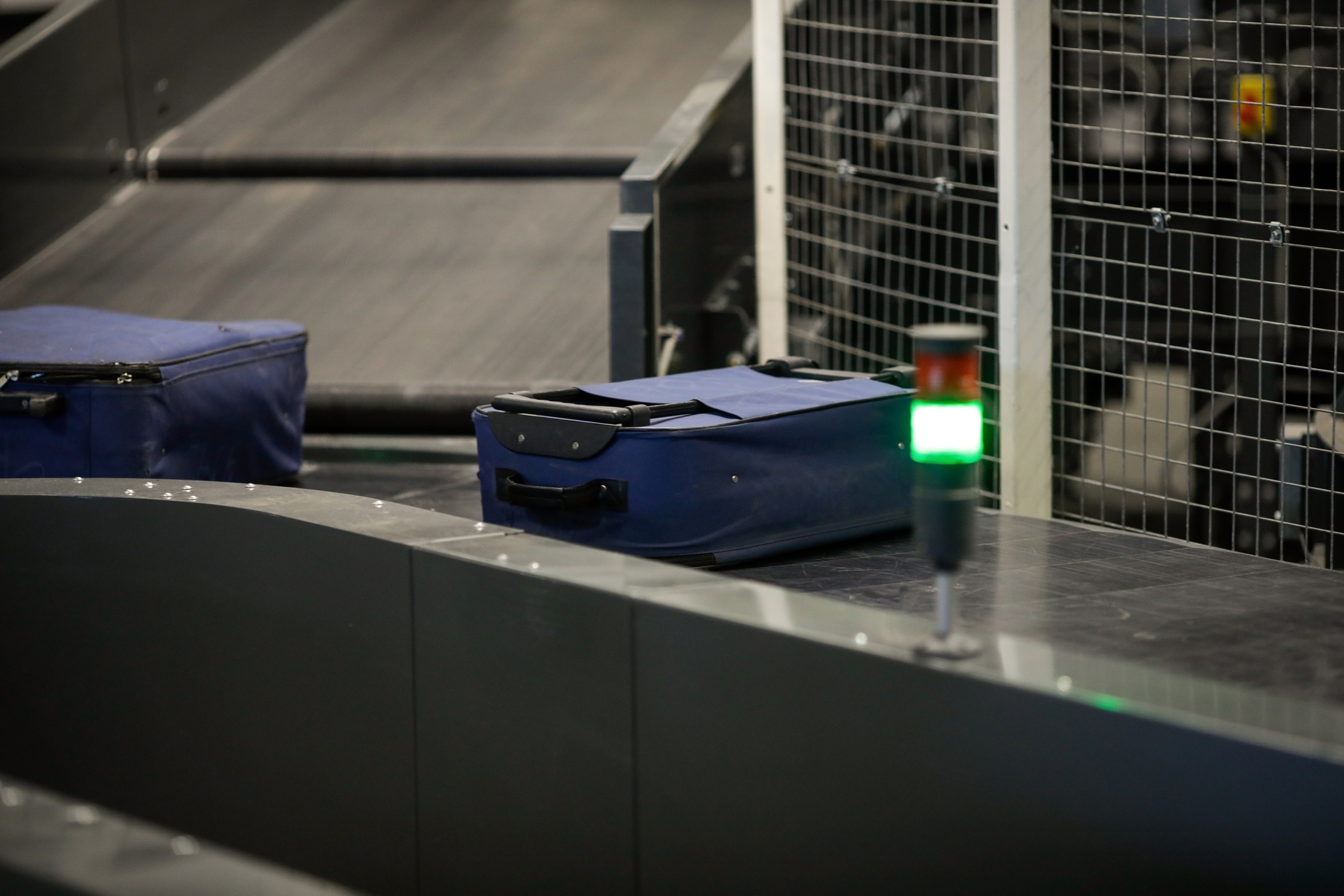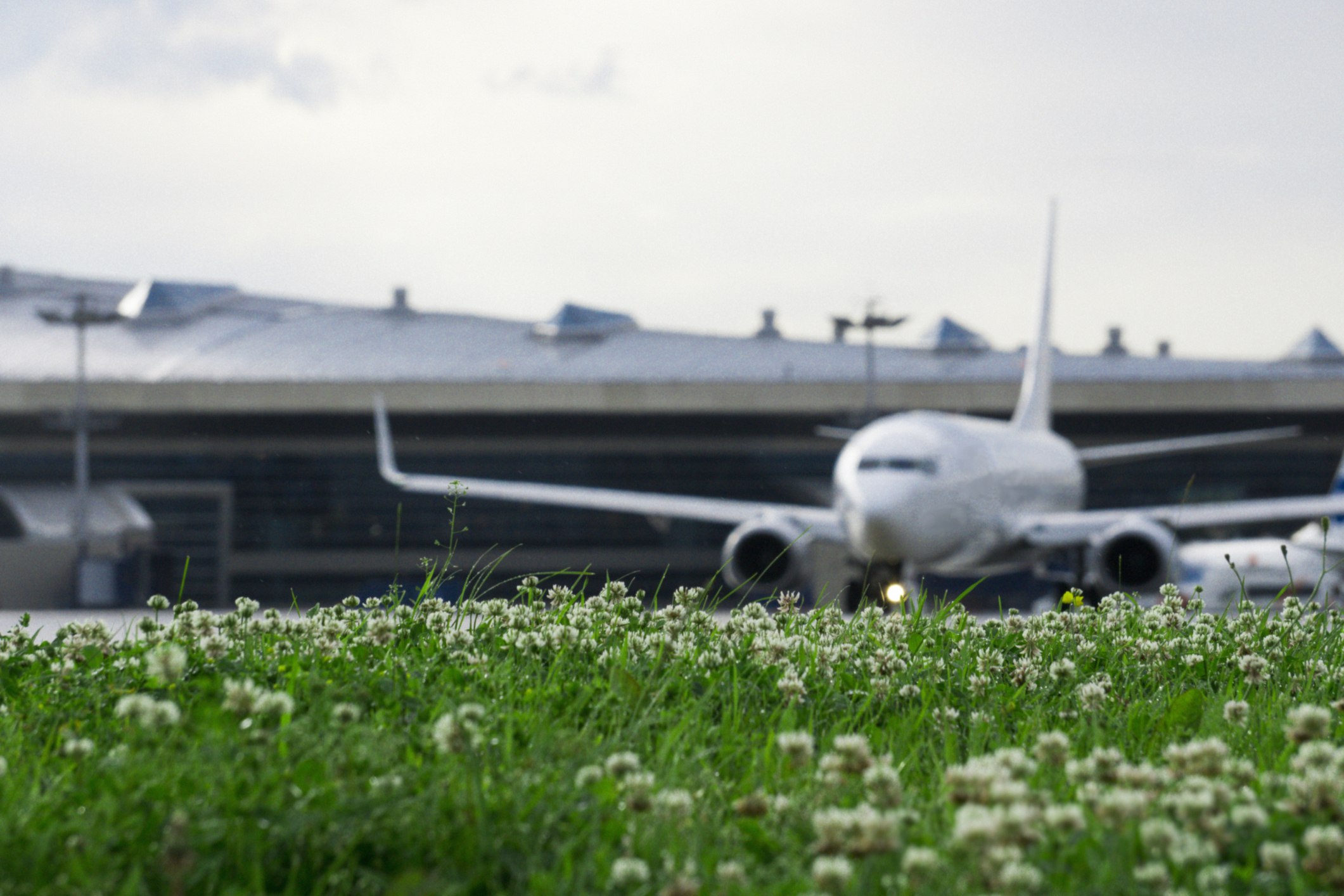Global
International


Sustainability of airports is widely discussed in the aviation industry. The topic is getting more and more spotlight since the care for the planet, society, and economy is now rightfully in the centre of attention. What can you do to make airports more sustainable? Let’s discover together!
Why Is Sustainability in the Airport Industry Important?
Airports connect the world. Thanks to them, people feel citizens of the globe more than ever. However, their ecological footprint is significant as well. Aviation generates nearly 3% of global GHG emissions. But their impact is not only ecological. They are intertwined with a myriad of social and economic factors as well. They contribute to creating job opportunities and support tourism. By paying attention to sustainability, airports can improve the environmental, social, and economic situation, but also be better perceived by the investors and stakeholders.
How Can Airports Be More Sustainable?
Understanding how airports shape the surroundings is the first thing. With respect to the environment, their operations are linked to large energy and fuel consumptions as well as to greenhouse gas emissions, contributing to climate change. The aspect of water usage is also involved.
Airports developing sustainably take into consideration materials they are using, design ways to save the energy, and constantly aspire to improve the operational efficiency. The strive towards energy-efficient or renewable energy based services is visible. Measures are taken to reduce carbon emissions, waste, and effluents.
When thinking about the energy management, airports could start with a map depicting the energy use across all the facility and the suggestions to optimise them. It is possible to generate the energy from renewable sources, like solar, wind, biomass, hydrogen. The Cochin International Airport in India produces 100% of its energy through renewables, by installing a large solar array on airport buildings and surrounding land. As such, the airport is known as the first “green airport” in the world and in 2018 it was awarded the Champion of Earth Award – the United Nations' highest environmental honour.

It may also be vital to choose the solutions that help to run operations with lower energy consumption. At Ammeraal Beltech, we are devoted to the energy saving concept, which means that airports can lower their power requirements and operating costs through the right selection of belt, conveyor design, and motor drive system. Sustainable building technologies have come a long way to reduce energy consumption during construction, in HAVAC temperature control and solar roofing, however very little has changed when considering a typical baggage handling conveyor in over 50 years. This is the aspect our energy saving concept strives to solve, adding new insights towards efficient operations.
The existing systems are often inefficient, because of their complex design.
All the above steps, may help you reduce the energy consumption and enhance the efficiency of your operations.
One possible solution to achieve the above-mentioned results is AMMdurance, which reduces friction between the belt and the underlying machinery and thus translates into reduced power usage. The tests have revealed that with AMMdurance and a special deck, it is possible to lower the energy consumption even by up to 27% in comparison to standard solutions. Special dry treatment combined with low noise EX fabrics protects the belt material against contamination and shrinkage, ensuring efficient running performance for much longer duration of the belt life. AMMdurance stands for consistent energy savings, reduced ecological footprint, longer belt life, minimised maintenance and downtime, superior savings, and profitability over time.

Furthermore, increasing efficiency not only reduces aggregate energy consumption, it also helps reducing peak loads which play into further lowering energy bills, where favourable energy tariff structures exist.
As far as emissions are concerned, the new light shed on the airport infrastructure can bring about another inspirations. Have you ever thought how easy it is to travel to and from the airport? Prioritising public transport, improving its speed and reliability, can significantly contribute to the reduction of emissions. Also, the use of electric vehicles within airport estate can help.
Airports developing friendly to the environmental policies might also focus on using solutions which are sustainably produced, relying on recycled components. Recycled polyester, for example, is a perfect substitute for the virgin one and does not influence the quality of performance. At Ammeraal Beltech, we use it to produce belt fabrics. The process of production entails smaller carbon dioxide emissions and requires less water and energy.
Sustainable Airports: The Society
A sustainable airport is also the one that takes care of the social factors involved, like noise management, employee and customer satisfaction, community trust. The premises can become more vital for the employees, communities, and users by improving local air quality, noise level, and the quality of service. The openness to dialogue and action is the key to success.
Think of aviation infrastructure, operations, and environments within a human-centred framework. You may use solutions that limit the airport noise, like AMMDurance belts do for your baggage handling systems, but you may also go as far as incorporating the nature into the immediate environs, just like the airports in Frankfurt and Zurich did.
Frankfurt International is the largest airport in Europe, located in Germany in a densely populated region. It invested into an extensive system of green roofs of about 40,000 m2 to improve the environment, air quality, temperature regulation, and experiential qualities like noise reduction. Similarly, the roof of Kloten International in Zurich (Switzerland) is green and measures 4,000 m2.

Suitability in airports is also inextricably linked to the economy. These are the places that provide jobs and stimulate the national wealth. That is why they need to continually enhance their contributions, satisfy passengers, and meet employee needs.
They can do so continually ensuring passenger health and safety, while providing the best customer experience. Lower noise levels, faultless baggage claiming systems, and helpful service are just some examples of improvements. It might also be a good practice to review the food and beverage offerings to include healthier options.
Rethinking the human resources policies might be viable, too. It’s time for more flexible and innovative working conditions and being open to dialogue with employees. Their engagement can change the reality for the better. With a stronger sense of community, they may become powerful ambassadors of the airport operators.
A closer look at the supply chain can also give you ideas for enhancements. You might choose the suppliers who demonstrate sustainable practices on their own or choose local businesses to strengthen your relations with the community, boost the local economy, and reduce the carbon footprint associated with deliveries.
Contact our experts!
As you may see, airports have a huge array of possible actions on the path to becoming more sustainable. With our knowledge on conveying solutions and energy saving technologies, we’ll be glad to help you improve your airport operations and sustainability scores. Contact our experts and let us make your business move.